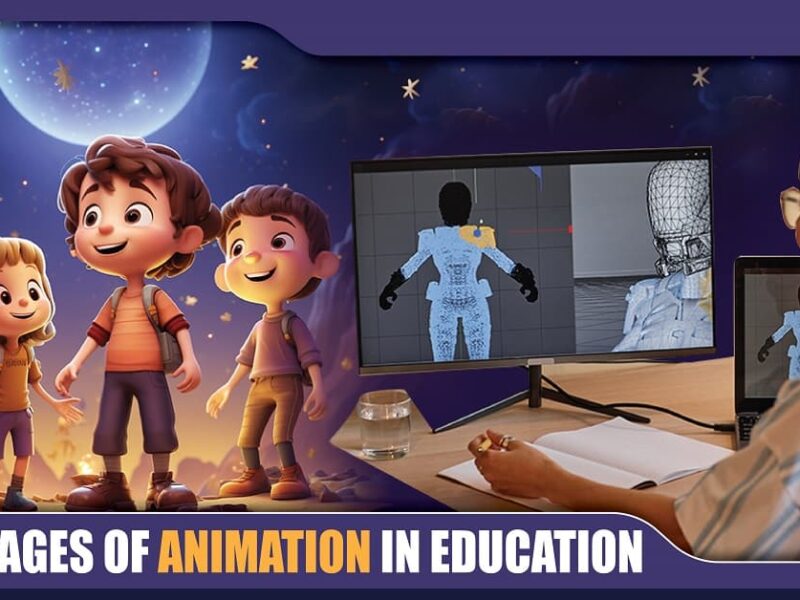A Complete Guide to Education for VFX and Animation Artists
The world of Visual Effects (VFX) and Animation has grown beyond imagination in the last decade. From blockbuster movies and OTT series to video games, advertisements, and immersive experiences—VFX and animation are the backbone of modern visual storytelling.
But how do you start a career in this visually rich, technically demanding, and creatively fulfilling industry? It all begins with the right education.
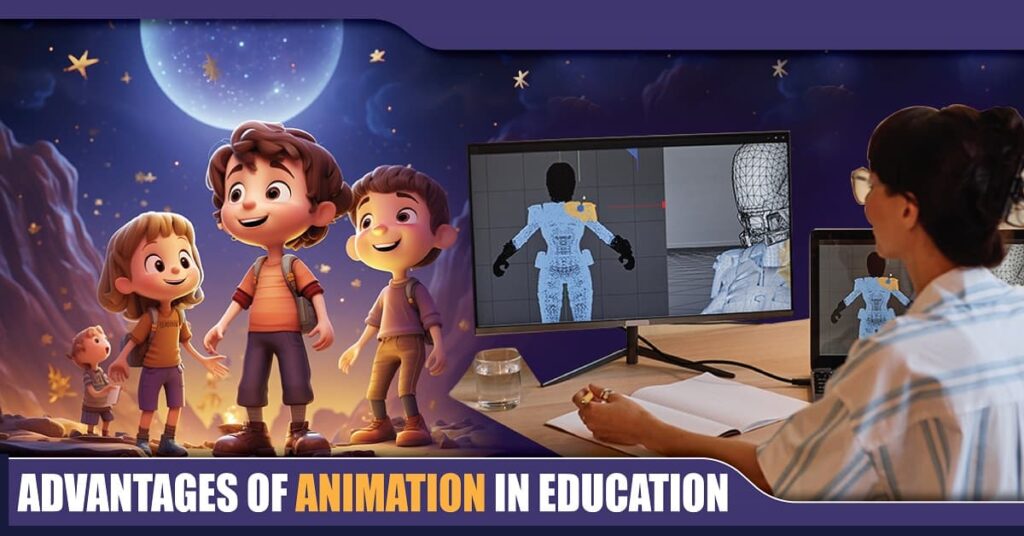
🎓 Why Education Matters in VFX & Animation
While raw talent and creativity are key, structured education helps you:
- Master industry-standard software and tools (like Autodesk Maya, Blender, Houdini, Nuke)
- Understand the principles of animation, physics, and storytelling
- Build a strong portfolio through guided projects
- Learn production workflows and pipelines used in real studios
- Get exposure to internships, workshops, and industry experts

🏫 Types of Education Paths
1. Diploma & Certificate Courses (6 Months – 2 Years)
- Ideal for beginners or career switchers
- Focused, hands-on learning
- Offered by institutes like Arena Animation, MAAC, Frameboxx, and others
- Subjects covered: 3D modeling, texturing, rigging, lighting, compositing, and more
2. Bachelor’s Degree in Animation/VFX (3 Years)
- Offered by universities like Whistling Woods, MIT Institute of Design, and Amity
- Combines creative subjects with visual communication and storytelling
- Includes general education in design, film language, and communication
3. Online Platforms & Specialized Workshops
- Learn from global mentors on platforms like:
- CG Spectrum
- Animation Mentor
- School of Motion
- The Gnomon Workshop
- LinkedIn Learning & YouTube (free & paid tutorials)
- Best for ongoing skill development, software updates, and niche techniques
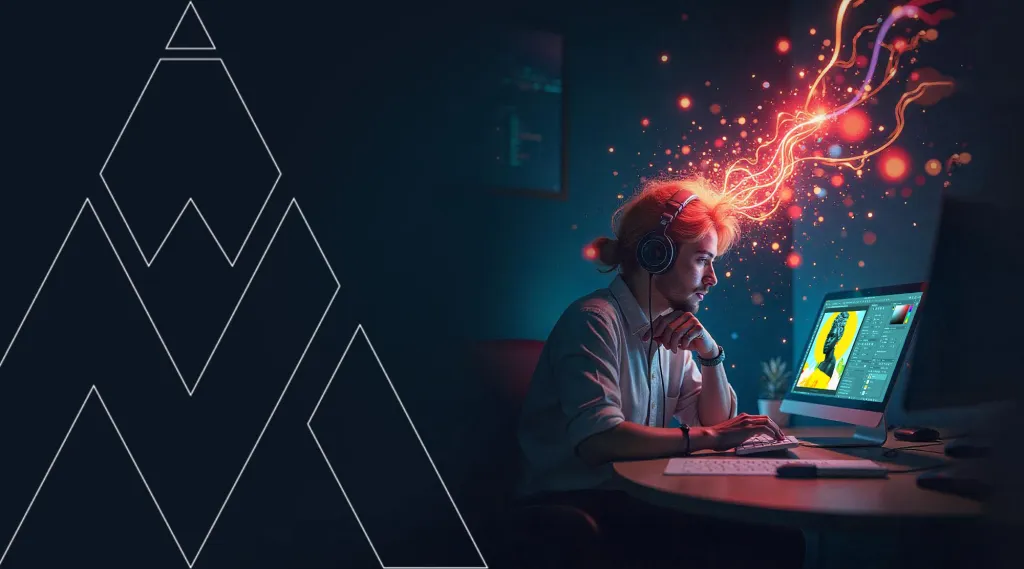
🧑💻 What to Learn: Key Subjects for Every VFX & Animation Artist
| Skill Area | Topics to Master | Tools & Software |
|---|---|---|
| 3D Animation | Keyframe animation, rigging, timing | Maya, Blender |
| Modeling | Topology, sculpting, UV mapping | ZBrush, Blender, Maya |
| Texturing | PBR workflow, material creation | Substance Painter, Photoshop |
| Lighting & Rendering | Light theory, global illumination | Arnold, Redshift, V-Ray |
| Compositing | Layering, keying, rotoscoping | Nuke, After Effects |
| Simulation | Particles, fluids, cloth, fire | Houdini, RealFlow |
| Motion Graphics | Typography, transitions, design | After Effects, Cinema 4D |

🎯 How to Choose the Right Program
Ask yourself:
- Do I want a fast-track or a full-fledged degree?
- Is studio placement support important for me?
- Do I learn better online or on-campus?
- Does the course offer a strong showreel at the end?
Don’t choose a course just because it’s famous. Look at faculty quality, alumni success, student work, and internship connections.
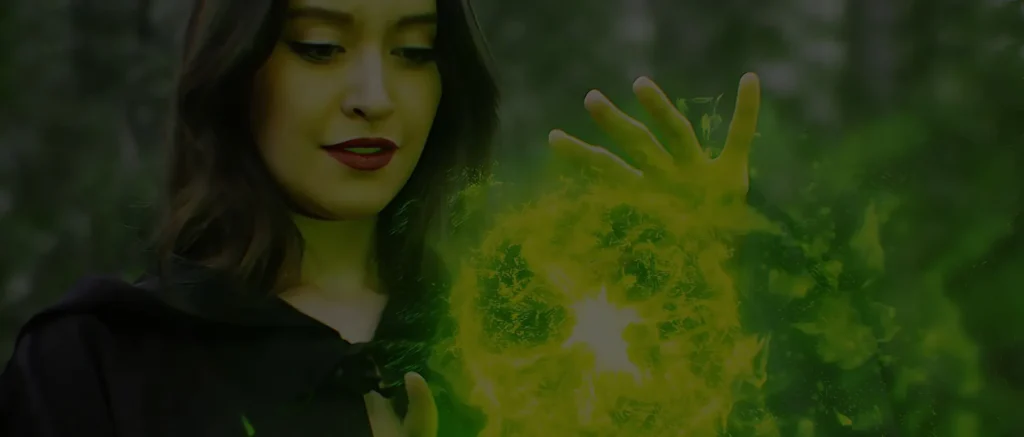
📁 Building Your Portfolio
Your education is only as good as your showreel. Throughout your course, aim to:
- Work on short projects or collabs
- Include a variety of work: modeling, animation, lighting, etc.
- Keep quality > quantity
- Show breakdowns of your workflow
🌐 Real-World Tips from Industry Pros
- Learn problem-solving, not just tools. Studios value thinkers.
- Stay updated with trends like AI in VFX, virtual production, real-time rendering
- Participate in challenges on ArtStation, The Rookies, or 11 Second Club
- Follow industry pros on Instagram, LinkedIn, or YouTube for inspiration
🏁 Conclusion: Learning Never Stops
A formal course can open the door, but your real growth starts with practice, curiosity, and persistence. Whether you’re a budding animator or an effects wizard, education is your launchpad—your passion is the fuel.

Got questions about where to start or which tools to learn first? Drop a comment below or message us on Instagram @lightning_star_studios
